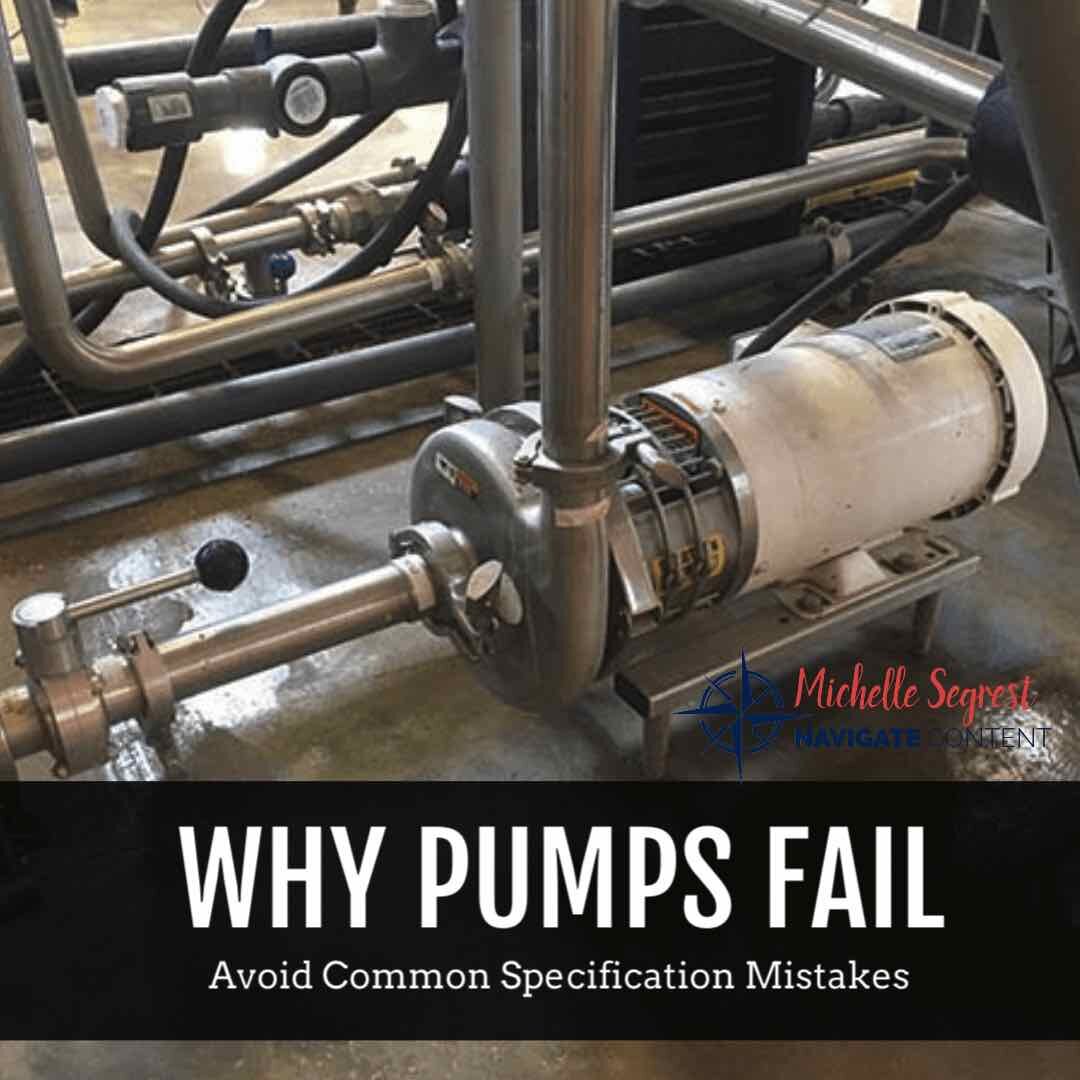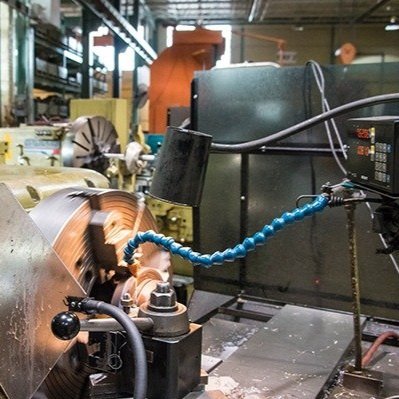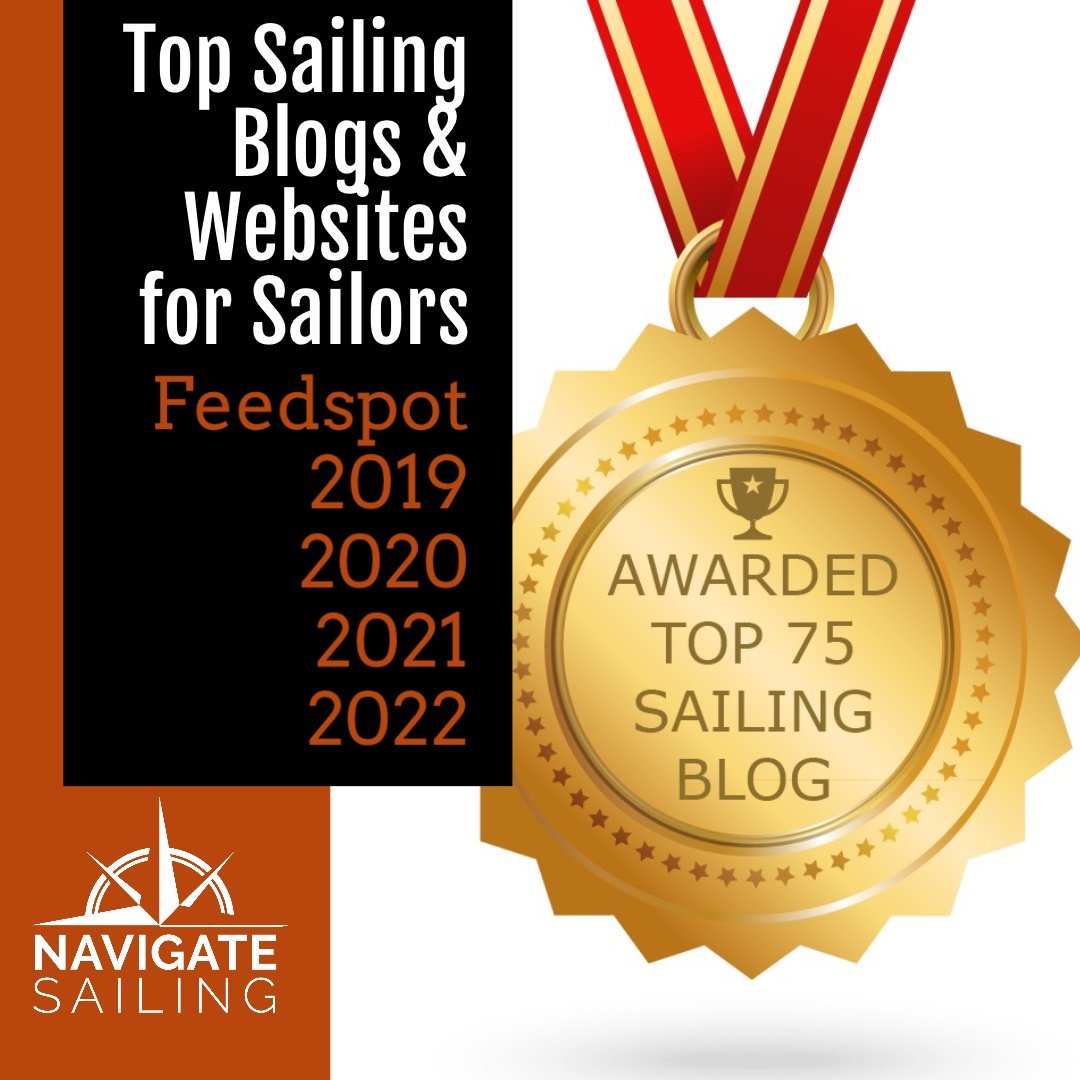Water Industry Challenges & Solutions — Women in Industry
/For Indar’s Water Engineering Director, Elena Rodríguez, expanding her knowledge base every day helps her tackle complex water projects worldwide.
By Michelle Segrest, Navigate Content, Inc. - Reporting for World PumpsMagazine
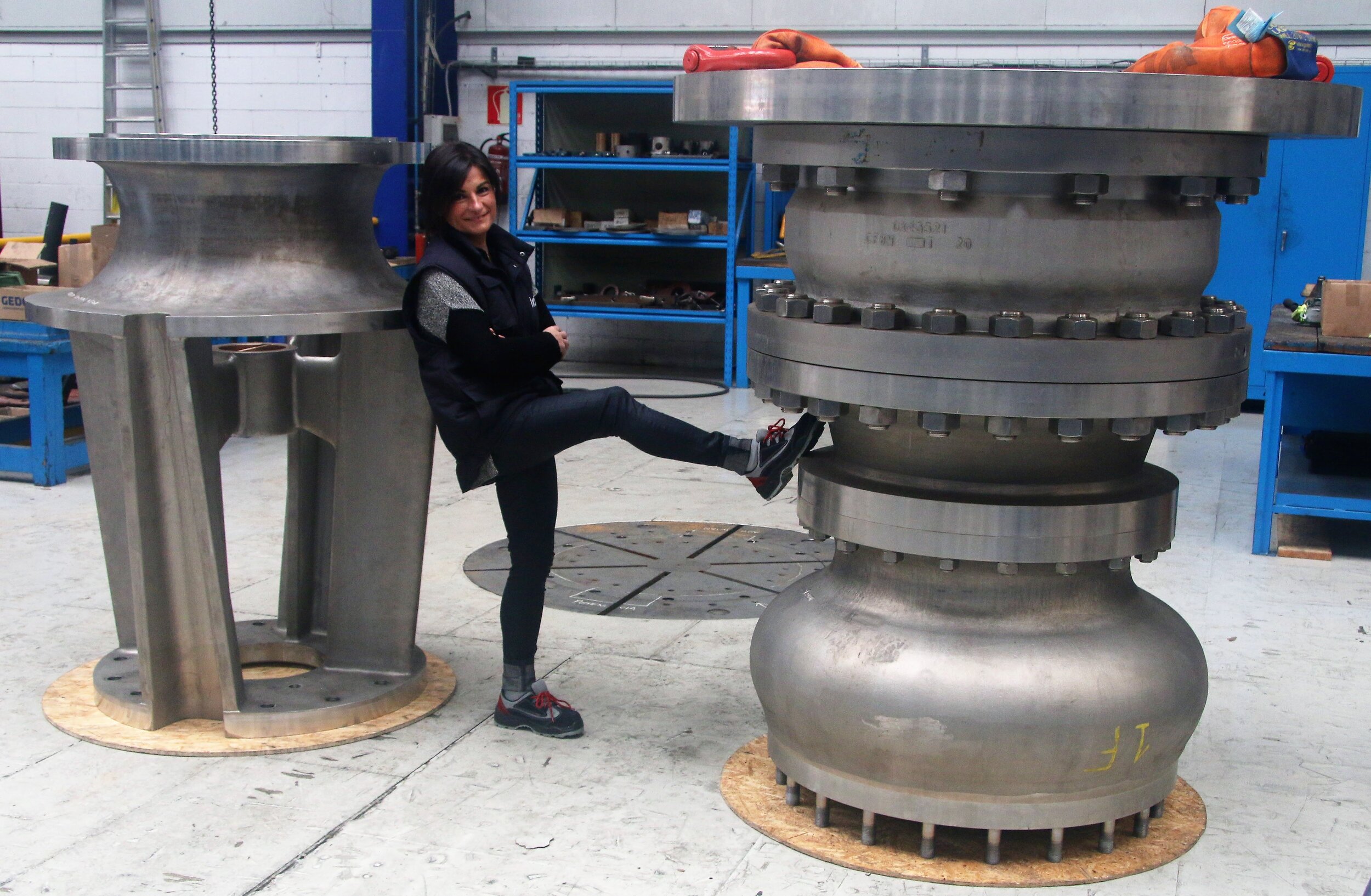
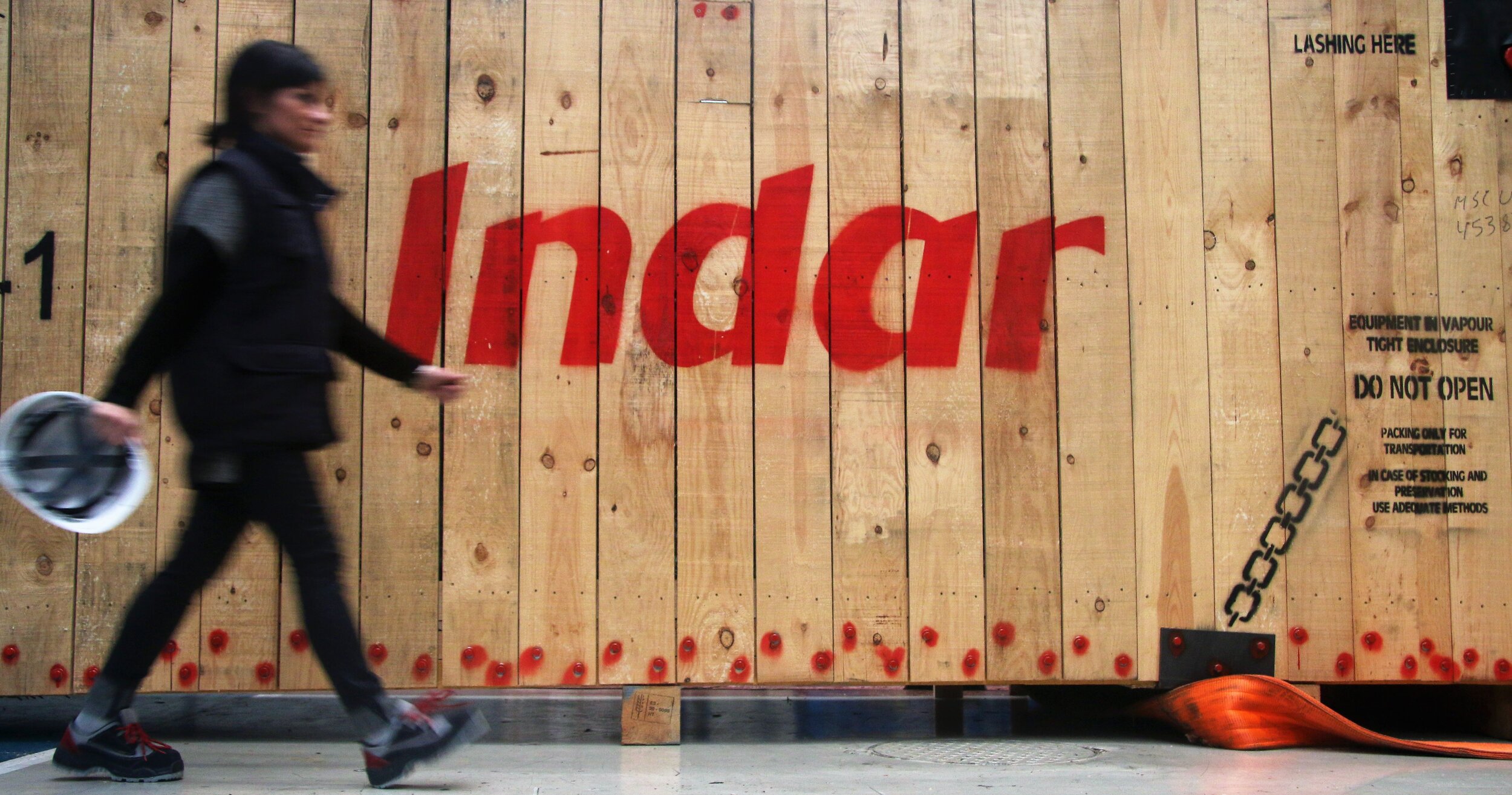
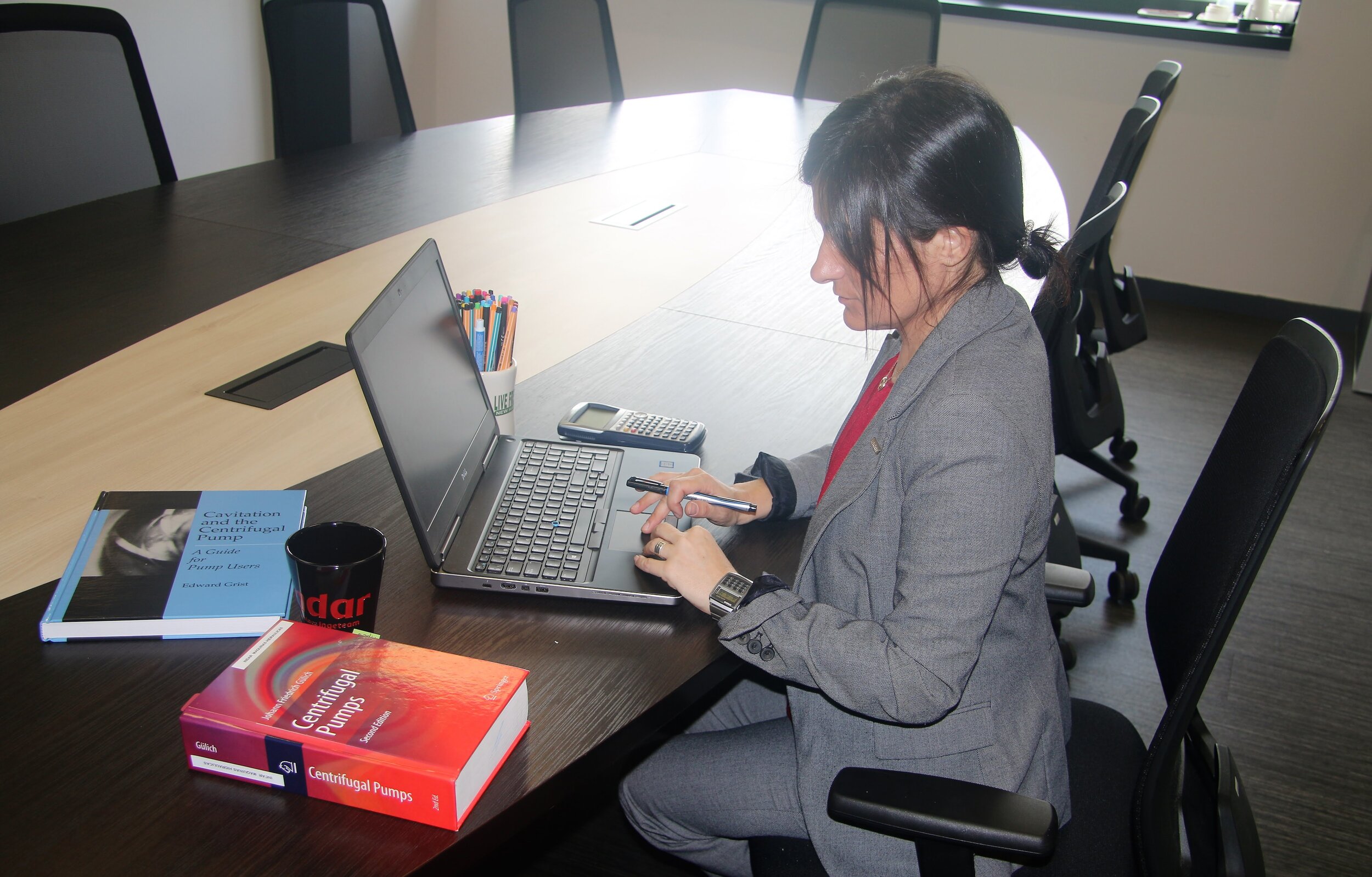
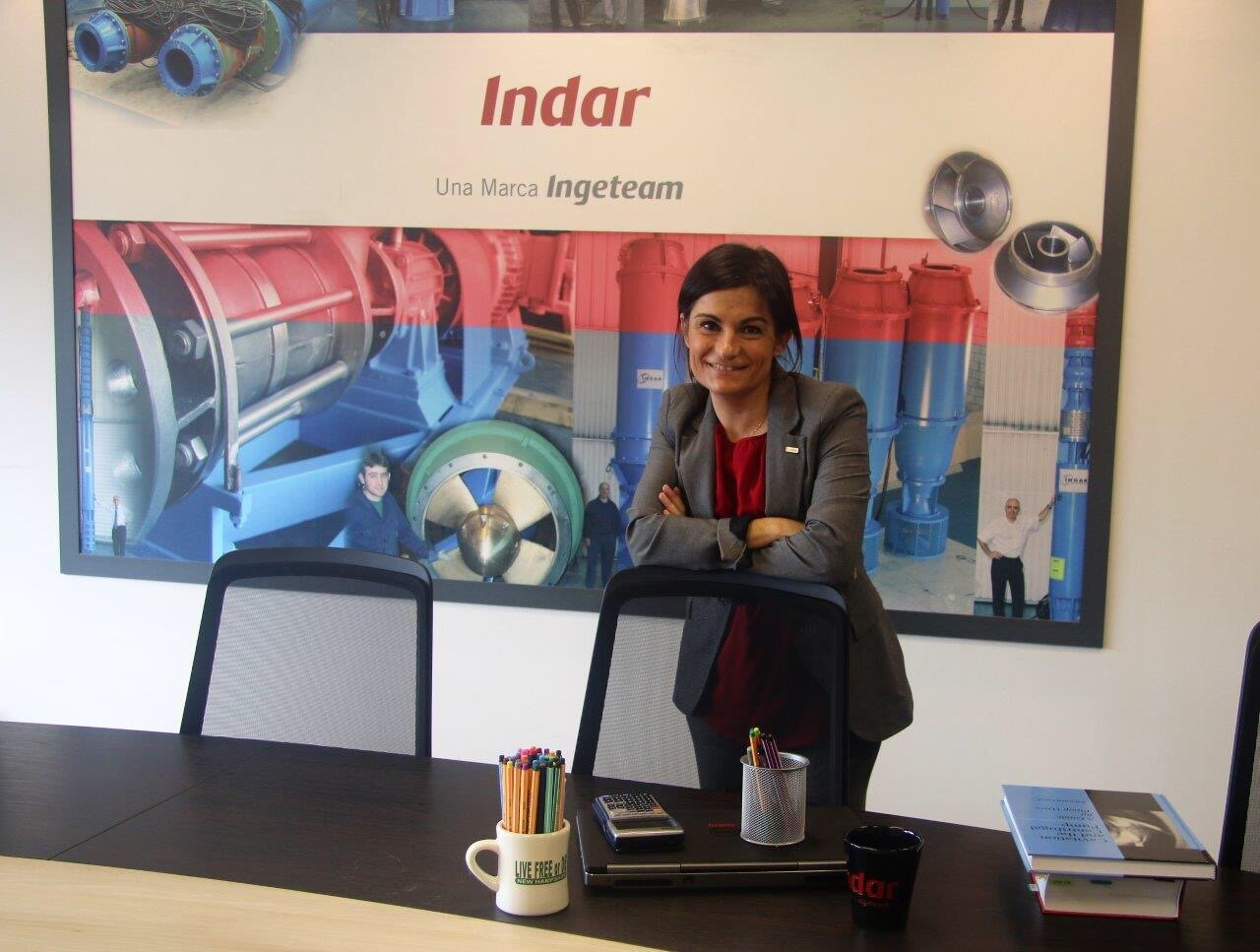
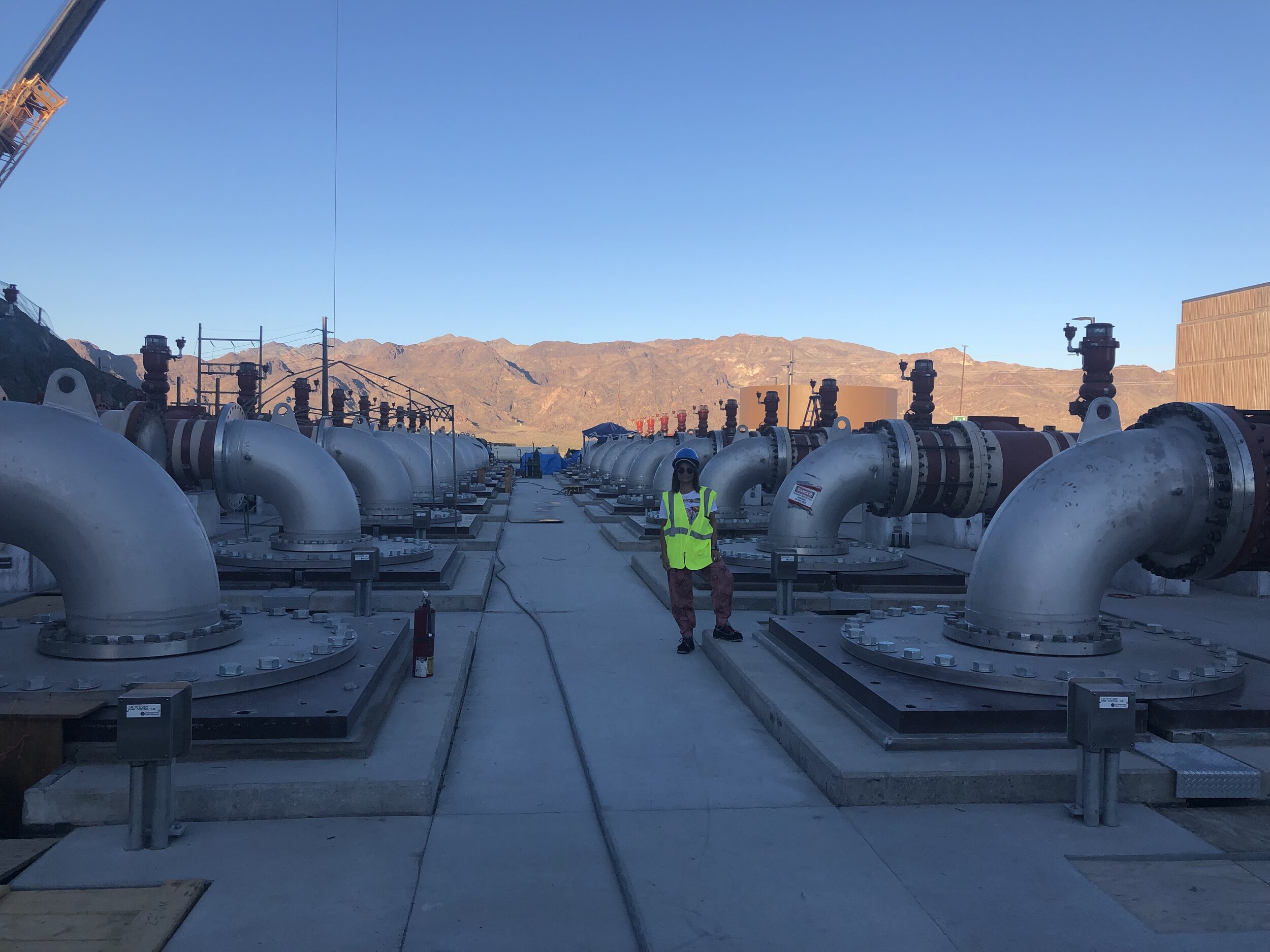
Elena Rodríguez considers herself a full-time student. Even with 22 years of experience in turbomachinery and hydraulics engineering, she never stops learning.
“Being a pump engineer is a very creative job,” said Rodríguez, the Water Engineering Director, R&D, for Indar. “Different projects require totally different solutions, so I always have the opportunity of developing new ideas and designs and at the same time challenging myself. You feel like you are always learning something, and that is really incredible for me. Indar is a custom-oriented company with a strong R&D and engineering capabilities facing innovative projects under challenging conditions. As a pump engineer, that is a gift!”
Rodríguez is based in Spain and finds herself working various roles on multiple projects worldwide.
“At this point in time I have two major purposes within Indar that shape my work day,” she explained. “I work as a Centrifugal Pump Design and Performance Engineer, while at the same time serving as the Water Engineering Director. Both these endeavors complement each other and keep me up-to-date with new technologies. I am in permanent training, and I love it! This feeling that each day I am always learning something is very satisfying to me.”
As Water Engineering Director, Rodríguez works on projects from the very beginning, when they are only conceptual ideas.
“Being able to solve the existing needs in terms of water is really exciting,” she said. “I am thinking about the best solution for the project needs, participating in the design, tracking, and interacting during the complete process until the pumps are installed. It really is incredible.”
The Lake Mead Low-Lift Pumping Station Project in Nevada and the Carlsbad Desalination Plant Dilution Pumping Station in California are two of her notable projects.
Lake Mead is the largest freshwater reservoir in the United States in terms of maximum water capacity. It was recently at its lowest water level since the lake was first filled during construction of the Hoover Dam in the 1930s. A new pumping station (L3PS) requiring submersible pumps is currently in the works. Lake Mead L3PS substantially increases the reliability of Southern Nevada’s water delivery system.
The Claude “Bud” Lewis Carlsbad Desalination Plant is the largest, most technologically advanced and energy-efficient seawater desalination plant in the U.S. With the decommissioning of Encina Power Station, the Carlsbad Desalination Plant is modernizing the existing intake facilities to provide additional environmental enhancements to protect and preserve the marine environment complying with the regulations in the California State Water Board’s Ocean Plan Amendment.
The new pumping station will be using the biggest fish-friendly submersible pumps in the world. This innovative solution of Dilution PS, for Carlsbad Desalination Plant, will allow protection and preservation of the lagoon so that the community can enjoy its recreational and marine resources now and for future generations.
A Water Engineer’s Background and Experience
Rodríguez has diverse experience. She considers her most vital areas of expertise in hydraulic engineering, pump design, and pumping system definition. Ten years after completing her Masters in Mechanical Engineering, in 2008 she decided to further enhance her education and training. She earned an additional degree in Civil Engineering with a specialty in Public Works.
“Having a complete understanding and knowledge of the systems allows me to define the best solution for existing hydraulic needs,” she said.
Her desire for learning and her aspirations of becoming an engineer began when she was a little girl.
“From a very young age I have always liked science, physics, and mathematics, more in practical ways than theoretical, so becoming an engineer was simply the right choice for me,” she said. “Becoming a pump engineer was nearly by accident, or to be more exact, by pure coincidence. It was 1997 while I was still a student working toward my Master in Mechanical Engineering. Summer was around the corner, and I wanted to start with something in the industry. One of my core subjects was Hydraulic Machinery: Pumps and Turbine. Taking into account that there is a pump company in my hometown (Zarautz, Spain—Bombas Itur now part of KSB) I asked for a summer internship.”
The internship was extended during the following academic year (the last one of the Master’s Program), and upon completion of her degree, she was offered the opportunity of completing her Master Final Project on CFD analysis of an existing centrifugal pump.
“This was a very challenging project as it was the first one in the company and one of the first ones of this nature in Spain,” she explained. “I successfully finished the project with honors in 1999. This experience was the spark for my passion with pumps.”
After a few months in a technological center working on CFD codes, in July 2000, Rodríguez began working with Indar Submersible Pumps and motors as a pump designer.
“That is crazy! I have been working as pump engineer 22 years now,” she said.
Breaking Barriers for Women in Engineering
As with most females in a male-dominated profession, there were additional challenges to tackle, but she never considered being a woman engineer an insurmountable obstacle.
“Professionally, I have never considered that being a woman means a limitation, even if sometimes you feel like pushing yourself out of your comfort zone,” she explained. “Personally, with my job being able to inspire new generations of women to become pump engineers and transmitting my passion for this market, I consider this among my greatest accomplishments.”
Breaking stereotypes is important to Rodríguez.
“We were not many women in the University,” she remembered. “In fact, I think there were just five or six of us in the Master of Mechanical Engineering program. That was already showing the tendency in the companies. Even now, 22 years later, we are a minority in many engineering fields. To me, it is quite normal being the only women engineer in many of my daily meetings. Even now, after 22 years, I have no problem with the situation. I never think about this being a handicap. However, at the beginning, it was not easy. The combination of being young plus being a woman was a very challenging and difficult scenario for a woman engineer.”
The obstacles are there, but not impossible to overcome, she said.
“In my opinion, maybe there is initial distrust for being a woman engineer,” she explained. “But if you trust your abilities and support yourself, it is easy to break the barrier. It is important not to fool yourself. Not everything is easy, but you have the power inside, and you must always believe in yourself—always.”
Rodríguez gets her strong sense of self from powerful female role models.
“Definitively the women of my family have inspired me—my mother and my grandmother,” she said. “They are really hardworking and inspirational women who never give up. My grandmother is 93 years old, and she is a warrior. My family, my parents and grandparents, are really important to me and responsible for many of my accomplishments. They have supported me and gave me incredible opportunities to follow my dreams to attend a private university. None of them went to university. My grandparents had to emigrate in the early 1950s from a very poor area in Spain in search of work. They have worked extremely hard, and they are responsible for who I am and where I am now. They are the best role models. I know all they have sacrificed because they were sure about me.”
The Importance of Water for a Dedicated Female Pump Engineer
When she is not working, Rodríguez loves to travel and spend time with family, especially her niece who one day wants to be an engineer.
“I live on the coast, and I become very much relaxed being by the sea,” she said. “It doesn’t matter how intense my journey has been, I simply disconnect with the waves rolling. The different projects I am involved with take me to different part of the world. Work travelling is different. Sometimes it’s hard but it’s very inspirational. I like thinking about this as an opportunity also for personal growth. I like to think that with my job I contribute to community well-being. Water is a limited natural resource, fundamental for life and for all economic activities.”
Rodríguez said she can’t imagine doing anything other than being a pump engineer.
“After all these years it’s difficult for me to think about being something different than a pump engineer. Now, it’s just part of my essence, and honestly, I love it! I like to think that I am a good professional but also good person and work colleague. I have the best companions, and I am very proud of my colleagues in the Indar technical department. There is not success without a team. As Michael Jordan stated: ‘Talent wins games, but teamwork and intelligence wins championships.’”
Michelle Segrest is President of Navigate Content, Inc. and has been a professional journalist for more than three decades. She has specialized in creating content for the municipal and industrial processing industries since 2008. Contact her at michelle@navigatecontent.com
If you like this article about a female engineer’s water industry solutions, please PIN IT!
This page contains affiliate links. If you click on the product links and make a purchase, it allows me to make a small commission at no extra cost to you! Thank you for your support and I hope you find value in this content!












